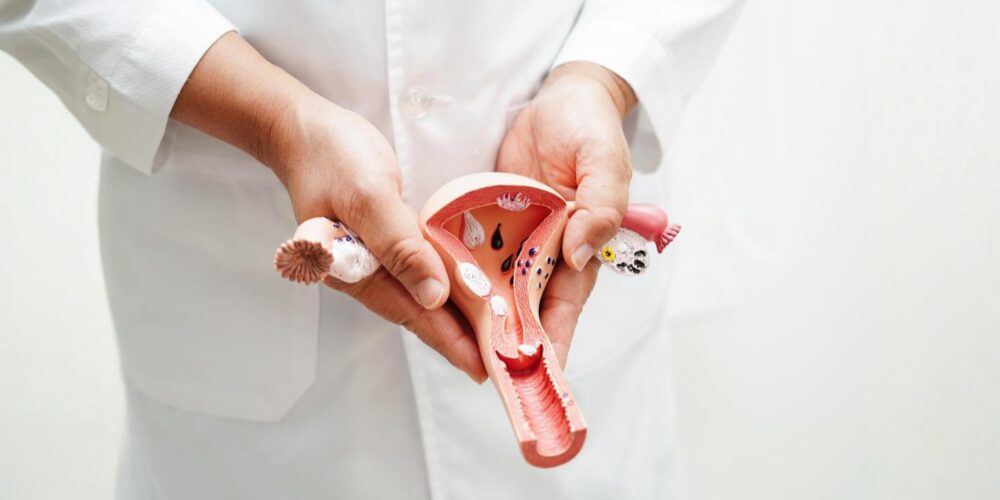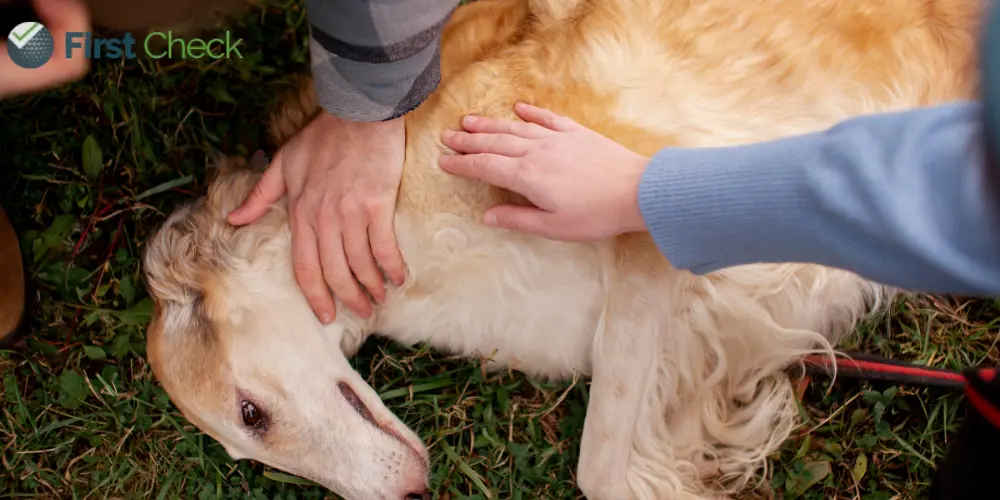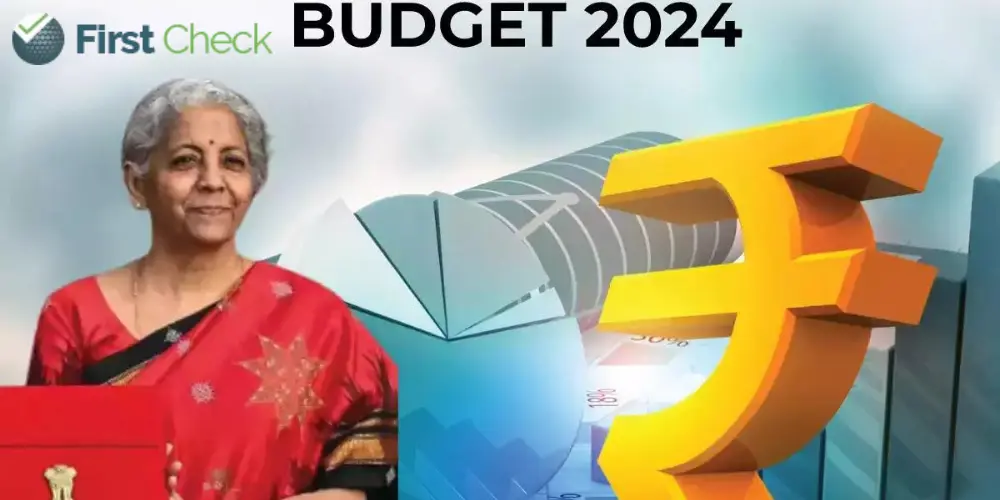TB countdown begins: Will India achieve TB elimination by deadline in six months?
With just six months left, India’s ambitious 2025 TB elimination goal faces serious challenges, from funding gaps to outdated diagnostic tools
Author

Sneha Richhariya is a reporter based in New Delhi, India. Her work focuses on health, environment and gender. She is the recipient of UN Laadli Media Award 2024 and Human Rights and Religious Freedom (HRRF) Award 2023. She has received fellowships from Internews Earth Journalism Network, Health Systems Transformation Platform (HSTP), Deutsche Welle Hindi, Report for the World and National Coalition for Natural Farming (NCNF). She has written for organisations like Deutsche Welle, Scroll, Mongabay India, South China Morning Post (SCMP), Newslaundry, Himal Southasian, The Third Pole, The Quint, IndiaSpend and Article 14.
View all posts
Author

Sneha Richhariya is a reporter based in New Delhi, India. Her work focuses on health, environment and gender. She is the recipient of UN Laadli Media Award 2024 and Human Rights and Religious Freedom (HRRF) Award 2023. She has received fellowships from Internews Earth Journalism Network, Health Systems Transformation Platform (HSTP), Deutsche Welle Hindi, Report for the World and National Coalition for Natural Farming (NCNF). She has written for organisations like Deutsche Welle, Scroll, Mongabay India, South China Morning Post (SCMP), Newslaundry, Himal Southasian, The Third Pole, The Quint, IndiaSpend and Article 14.
View all posts
- admin / 1 day

- 0
- 6 min read

Author

Sneha Richhariya is a reporter based in New Delhi, India. Her work focuses on health, environment and gender. She is the recipient of UN Laadli Media Award 2024 and Human Rights and Religious Freedom (HRRF) Award 2023. She has received fellowships from Internews Earth Journalism Network, Health Systems Transformation Platform (HSTP), Deutsche Welle Hindi, Report for the World and National Coalition for Natural Farming (NCNF). She has written for organisations like Deutsche Welle, Scroll, Mongabay India, South China Morning Post (SCMP), Newslaundry, Himal Southasian, The Third Pole, The Quint, IndiaSpend and Article 14.
View all posts
In 2018, India set a goal to eliminate tuberculosis (TB) by 2025, five years ahead of the global deadline of 2030, vowing to slash TB incidence by 80% and TB mortality by 90% from 2015 levels. However, with only six months left, the nation grapples with formidable challenges, with many questioning if this target would be met in time.
As the world’s TB epicenter, with 2.8 million new cases annually, India has attempted to drive progress through enhanced diagnostics, innovative treatments, and community outreach. Despite initiatives like the Nikshay portal for tracking cases and the TB Mukt Panchayat campaign to certify TB-free villages, experts question whether the deadline is feasible.
The lingering impact of the COVID-19 pandemic, funding shortfalls, and entrenched issues like drug resistance and social stigma, are all challenges that the nation needs to address to be able to meet its ambitious targets.
As the countdown begins, we look at India’s strides, setbacks, and the urgent steps needed to sustain momentum in this critical fight.
Ambitious targets for TB elimination
The National TB Elimination Programme (NTEP) has expanded diagnostic infrastructure, with nucleic acid amplification testing (NAAT) now available at district and block levels to detect drug-resistant TB early.
“India wants to lead the world in eliminating TB, as it’s a global capital for the disease,” said Dr Gaurav Kamboj, Deputy Dean & Associate Professor, Kalpana Chawla Government Medical College, Karnal, Haryana, who is also the Nodal Officer for the Programme and oversees the functioning of the NTEP Treatment Centre.
However, Dr Kamboj noted that the COVID-19 pandemic disrupted TB services, slashing diagnosis rates by 60–70% in 2020–2021.
“We need at least two to three years to recover what we lost during the COVID era,” he told First Check on the sidelines of an AI training workshop for healthcare workers and media professionals conducted by DataLEADS called ADiRA, arguing that the six-month timeline might be insufficient.
AI-led innovations offer hope…
A wave of innovations is fueling optimism. On 18th March this year, Anupriya Patel, Union Minister of State for Health and Family Welfare, inaugurated the India Innovation Summit, which discussed solutions to end TB. Dr Saumya Swaminathan, the former Director General of the Indian Council of Medical Research (ICMR) and ex-Chief Scientist at the World Health Organization who was a part of the summit, observed that there have been a huge number of innovations over the past three to four years, covering diagnostics, treatment, and community engagement.
AI-powered tools, like X-ray analysis and cough pattern detection, are reducing diagnostic delays. “AI tools can detect TB from cough patterns before the disease fully develops, minimizing morbidity,” she had earlier shared with First Check.
Dr Kamboj also noted that AI aids clinical decisions by summarizing X-ray data, though “we still rely on microbiological confirmation for accuracy.”
Regarding possibilities of AI integration, Dr Kamboj said that point-of-care test, akin to COVID-19 kits, could enable health workers or patients to diagnose TB at home. “That would be a game-changer,” he emphasized.
… but funding crunch stalls roll outs
The experts point out that integrating these innovations into the NTEP requires validation and health technology assessments by the Indian Council of Medical Research, which is slowed by limited funding.
While the government told Parliament in February 2025 that procurement systems were now in place to ensure uninterrupted supplies, reliance on smear microscopy remains high. However, according to the India TB Report 2022, only 26.2% of tests in 2024 used NAAT, with most still using smear microscopy, which is an outdated technique.
Experts note that although microscopy is faster at the primary health centre level, molecular tests are more reliable, particularly for detecting pediatric TB and drug-resistant strains. However, transitioning to newer technologies requires not just equipment and training but also steady supplies of cartridges and local manufacturing of inputs to avoid disruptions.
From drug resistant TB to social stigma: key challenges remain
Drug-resistant TB (DR-TB) remains a critical challenge, with India’s first anti-TB drug resistance survey in 2018 indicating nearly a quarter of new TB patients are resistant to at least one of 13 treatment drugs.
“Upfront NAAT testing identifies resistance at diagnosis, allowing tailored treatment,” Niraj Sinha, state lead, TB Alert India, said.
The BPALM regimen, a six-month treatment for DR-TB, has reduced therapy duration from two years, significantly improving patient outcomes. However, non-compliance in the private sector worsens resistance.
“Universal drug sensitivity testing costs ₹2,000–5,000 in the private sector, so many patients skip it,” Sinha pointed out, also noting that the Nikshay portal plays a crucial role in monitoring resistance patterns.
Although improved testing has strengthened DR-TB management, the absence of updated resistance surveys since 2018 leaves critical gaps in understanding the current situation, he explained.
Social stigma and poor treatment adherence also pose significant hurdles. “Patients often stop treatment after one or two months when symptoms improve, risking relapse and resistance,” Sinha said.
It is also difficult to eliminate a disease, without an effective vaccine against it. Dr Swaminathan highlighted that complete elimination was never realistic without a vaccine, when she spoke to First Check earlier this year.
“No infectious disease has been eliminated without one,” she noted, pointing to the outdated BCG vaccine’s limited efficacy. The BCG vaccine, a vaccine primarily used to prevent tuberculosis (TB), offers only partial protection against severe forms of childhood TB and does little to prevent adult pulmonary tuberculosis, which drives most transmission.
Community engagement key for TB elimination
Sinha explained that the NTEP employs “TB champions”—recovered patients who counsel others to reduce stigma and ensure compliance. The 100-day TB elimination campaign launched in December last year and TB Mukt Panchayat initiative promoted community awareness, with success in Punjab’s Moga district, where 77 panchayats achieved TB-free status.
“A panchayat can be declared TB-free if it has actively screened at least 30 out of every 1,000 people in the past year and found fewer than one active TB case per 1,000, with no TB-related deaths, 100% treatment success among notified patients, and sustained community engagement,” said Sinha, state lead, TB Alert India.
Yet, only a few panchayats nationwide meet this criterion, signaling uneven progress. Though data for specific regions have been reported, no single source provides a comprehensive national tally of TB-free panchayats as of June 2025. A polio-like campaign is needed, with Dr Kamboj suggesting, “We need thousands of health workers and volunteers to cover the country.”
Also read: Vaccines will play an important role in eliminating TB: ICMR Chief
Do you have a health-related claim that you would like us to fact-check? Send it to us, and we will fact-check it for you! You can send it on WhatsApp at +91-9311223141, mail us at hello@firstcheck.in, or click here to submit it online.
Author

Sneha Richhariya is a reporter based in New Delhi, India. Her work focuses on health, environment and gender. She is the recipient of UN Laadli Media Award 2024 and Human Rights and Religious Freedom (HRRF) Award 2023. She has received fellowships from Internews Earth Journalism Network, Health Systems Transformation Platform (HSTP), Deutsche Welle Hindi, Report for the World and National Coalition for Natural Farming (NCNF). She has written for organisations like Deutsche Welle, Scroll, Mongabay India, South China Morning Post (SCMP), Newslaundry, Himal Southasian, The Third Pole, The Quint, IndiaSpend and Article 14.
View all posts










